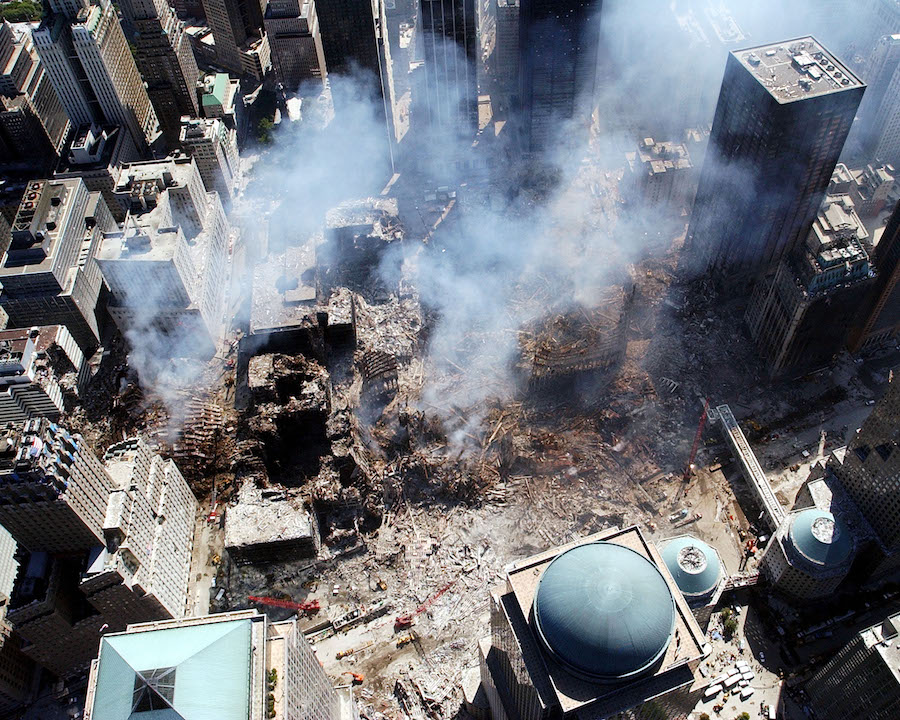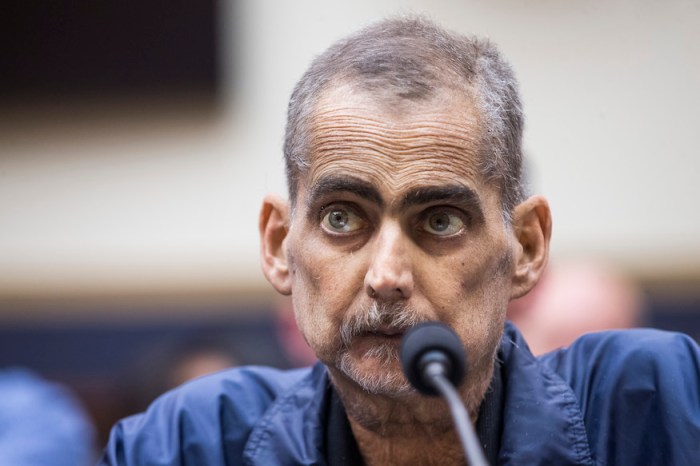Children who breathed in the ash and fumes following the collapse of the World Trade towers on 9/11 are now showing early signs of risk for heart disease, according to a new study.
Researchers at NYU Langone Health released a report on Thursday in the journal Environment International that looked at blood tests of more than 300 children, more than 120 of which were exposed to the 9/11 “dust.”
Those children — mostly young adults now, the study notes — who had direct contact with the debris had higher levels of “artery-hardening fats” in their blood, according to the scientists.
These raised fat levels are risk factors for heart disease and, if left unchecked, can lead to heart attacks and blood vessel blockages.
This study is the first to suggest long-term cardiovascular health risks in children from the toxic chemical exposure of the attacks, said the study’s lead investigator, Leonardo Trasande.
“Most of the research post 9/11 has been on lung health and psychological exposure like trauma, which is important,” Trasande said. “But what’s clearly under-recognized is the effect of the chemicals in the dust.”
Trasande, who is also a health epidemiologist and associate professor at NYU School of Medicine, said that the focus of the study was one particular chemical grouping in the dust that comes from teflon-like chemicals used in carpeting, electronics, clothing and more.
“There is some exposure [to these chemicals] in the general population,” he said, “but in the context of the 9/11 disaster, there were a lot of these materials in the buildings when they crashed, and they burned there for months after, so the potential for exposure was substantial.”
One of the chemicals was perfluorooctanoic acid (PFOA), which was previously used in plastics to make them more flexible. U.S. manufacturers stopped using that chemical in 2014 after information surfaced about its health effects, like lower birth weights and brain damage.
The chemicals in the 9/11 dust can also affect the development of key organs and increase inflammation and hormonal disruption that can contribute to early heart disease. However, those cardiovascular risks can lucky be managed by monitoring diet, weight control and exercise, Trasande said.
“This study really reinforces the need for a healthy diet and physical activity in these populations,” he added, “and a very strong need for ongoing long-term follow up” on the health consequences on children exposed to the dust on 9/11.
Those in the study were enrollees in the World Trade Center Health Registry, which is a way to track the physical and mental health of the nearly 2,900 children who either lived or went to school in Lower Manhattan on 9/11 through annual check-ups.
Next, Trasande hopes to study the prenatal exposure of this dust as well as continue to follow up with the population that was part of this study.



















